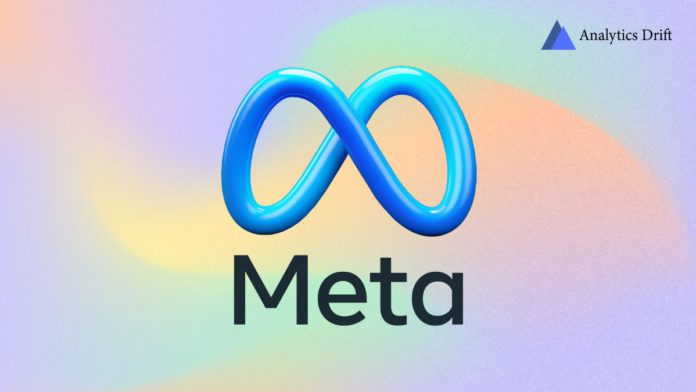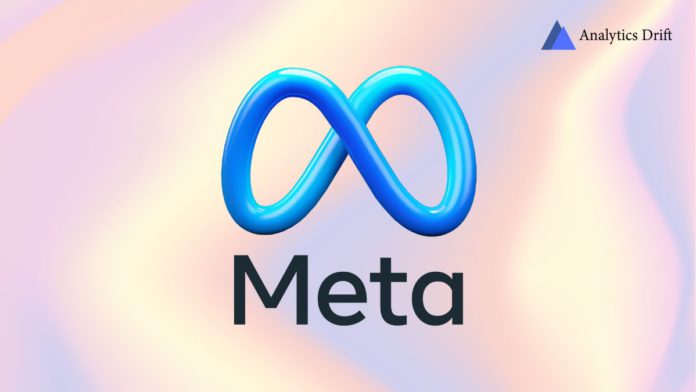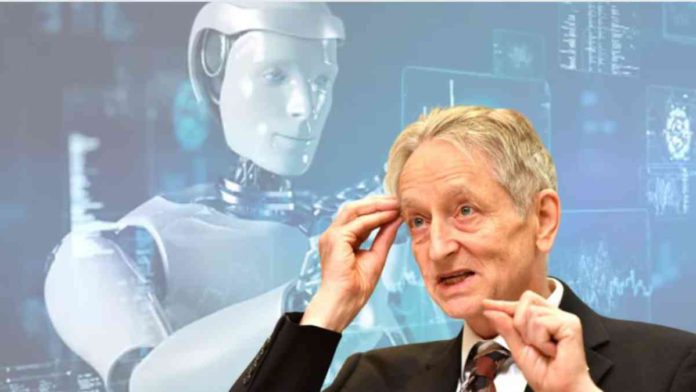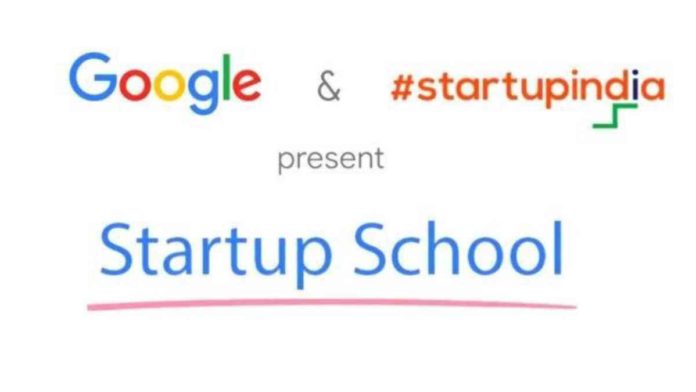Collaborating with Amazon Web Services (AWS), Andrew Ng, a pioneer in Machine Learning, founder of DeepLearning.AI, Landing AI, and co-founder of Coursera, has unveiled a new course on ‘Generative AI with Large Language Models’.
It is a three-week course based on generative AI with Large Language Models (LLMs) created by AWS and DeepLearning.AI. The course will provide an in-depth understanding of LLM architecture and how LLM works. In addition, the course will also guide how to effectively use LLMs in applications by determining the most appropriate model and implementing suitable training techniques.
The course also covers the full life-cycle of a generative AI project, and it focuses on specific techniques like Reinforcement Learning with Human Feedback (RLHF), zero-shot, one-shot, few-shot concepts with LLM, advanced prompting frameworks like ReAct, and even fine-tuning LLMs. The course is available on Coursera and is especially designed for data scientists, ML engineers, research engineers, and anyone interested in generative AI.
Read More: Three New Generative Al Short Courses Available for Free for Limited Time by DeepLearning.AI
Apart from Andrew Ng, the course will be instructed by Chris Fregly, principal solutions architect at AWS; Antje Barth, principal developer advocate at AWS, and Mike Chambers, developer advocate at AWS. Andrew Ng announced the courses in a post on LinkedIn.
Andrew Ng is an AI and ML expert who is always prompt regarding people learning and adapting to generative AI. In the previous month, he introduced three new Generative Al courses on Building Systems with the ChatGPT API, LangChain for LLM Application Development, and How Diffusion Models Work. In collaboration with OpenAI, he also offered a free short course, ‘ChatGPT Prompt Engineering for Developers,’ designed to help developers effectively utilize LLMs.











